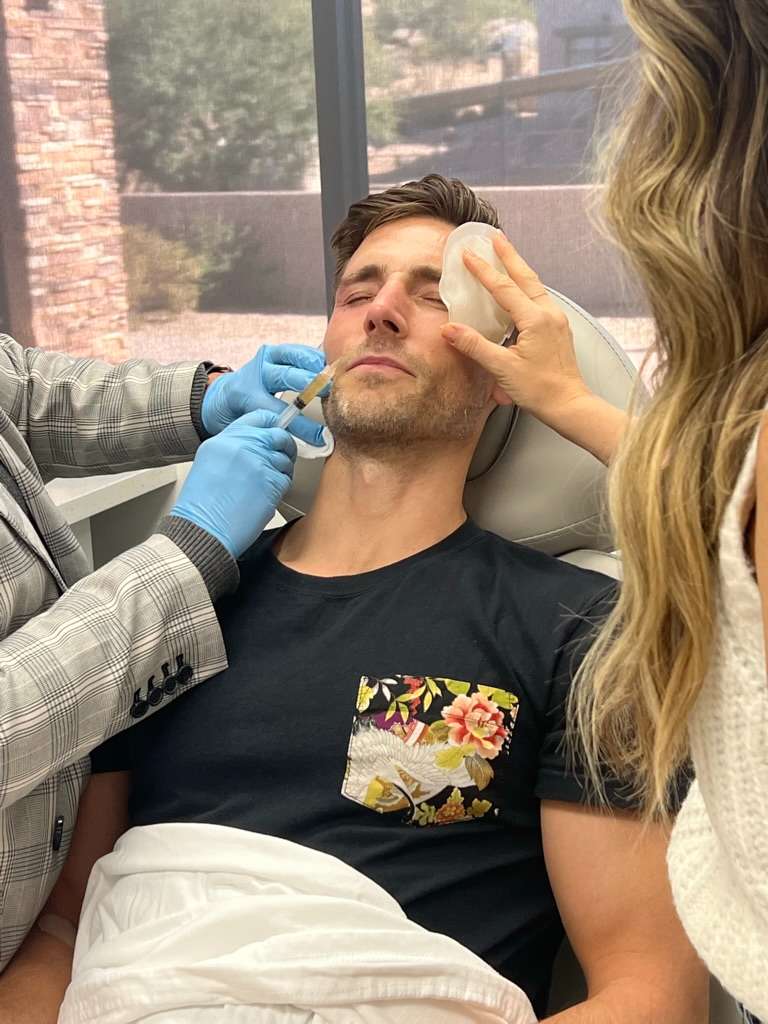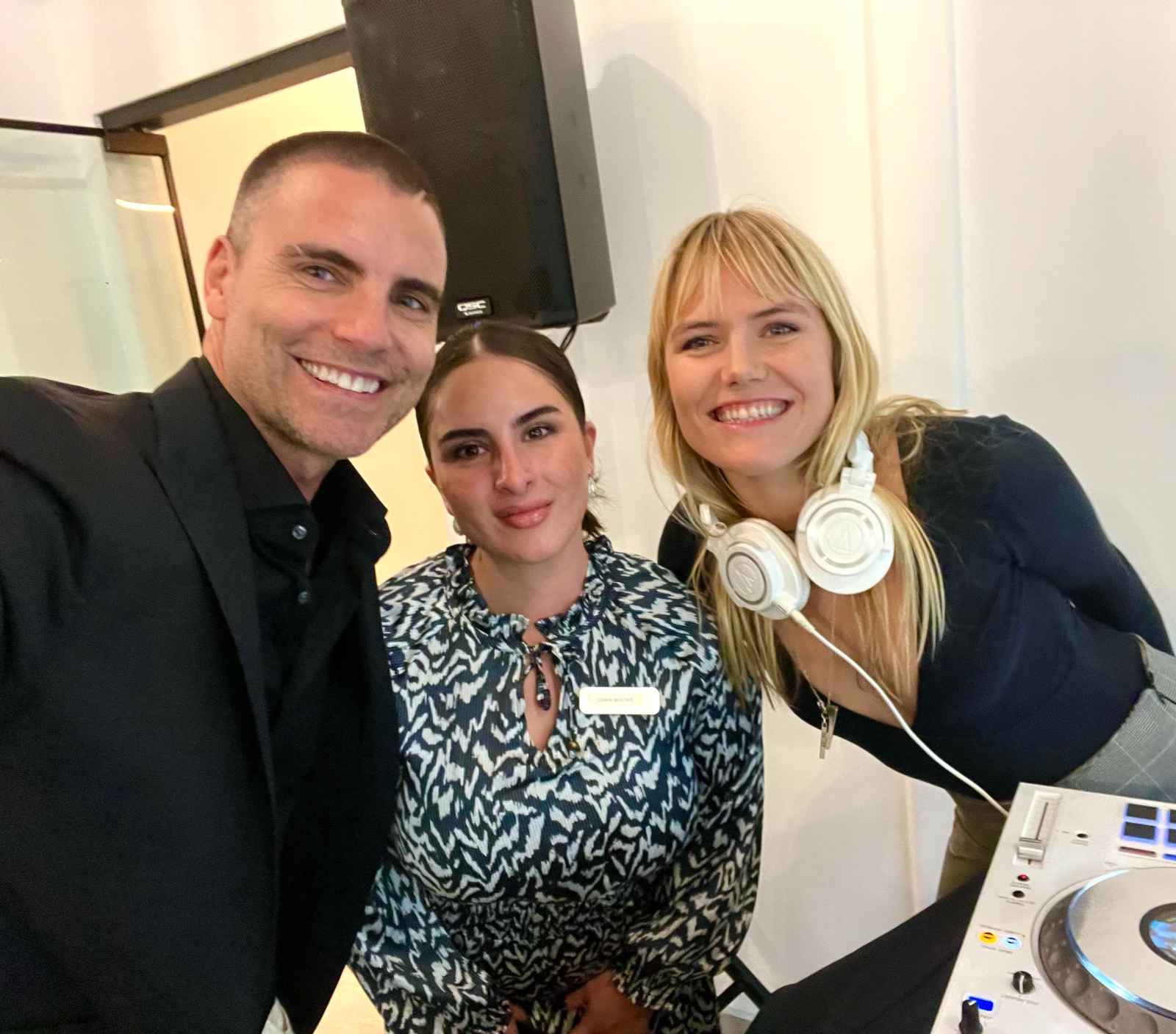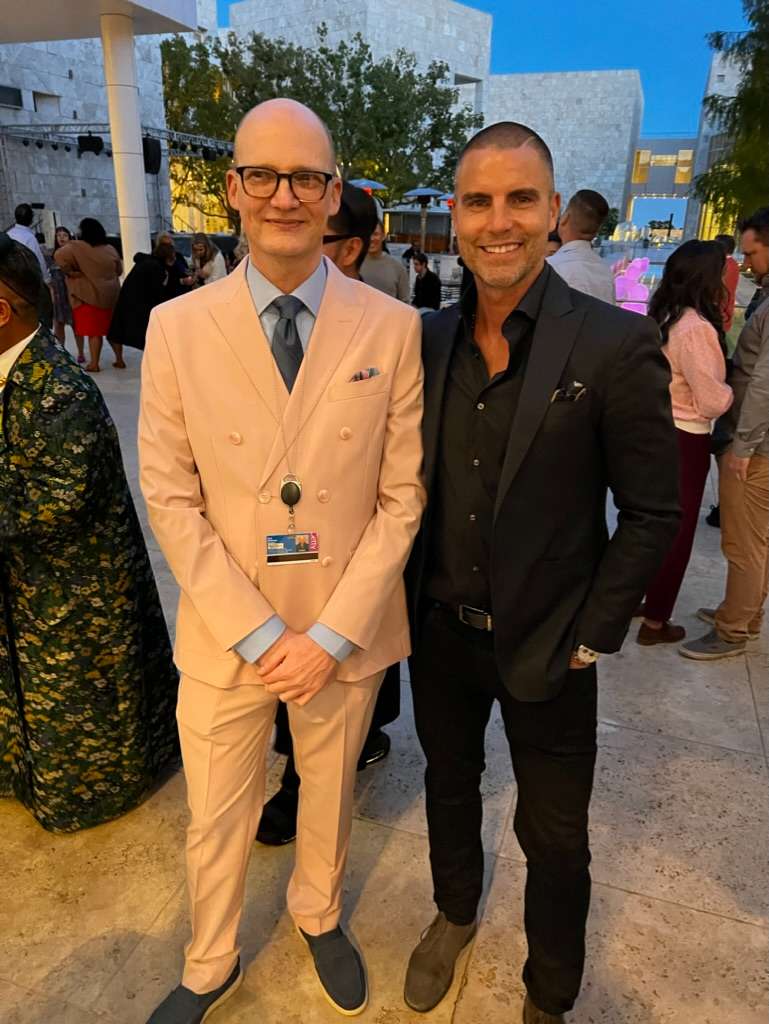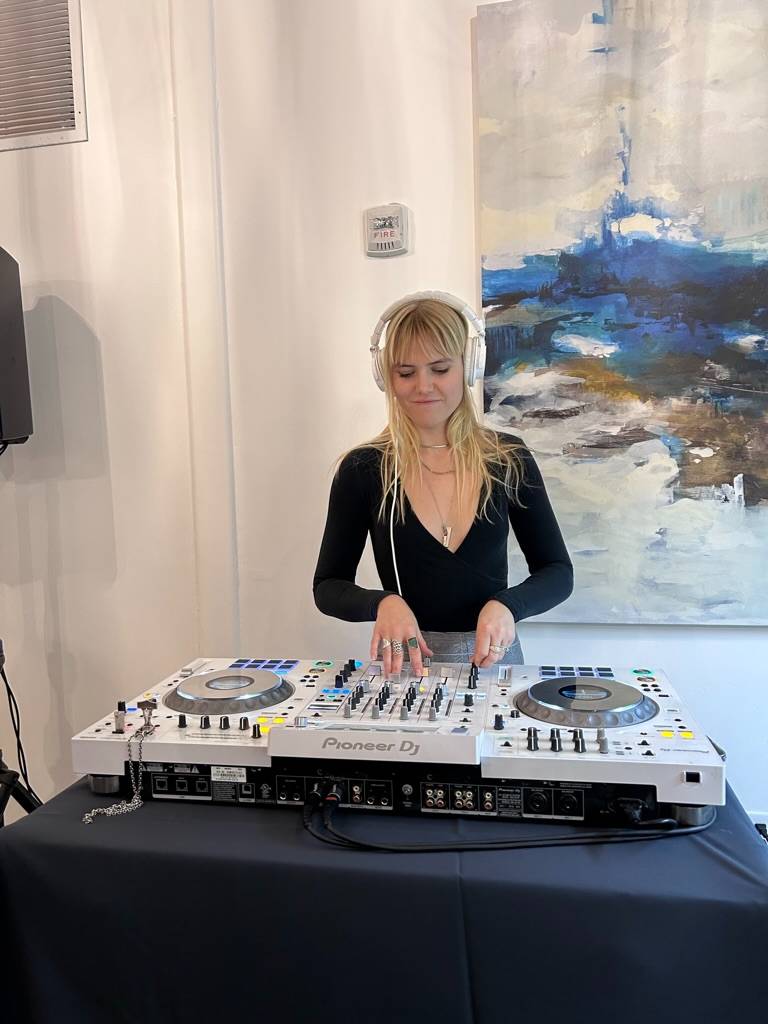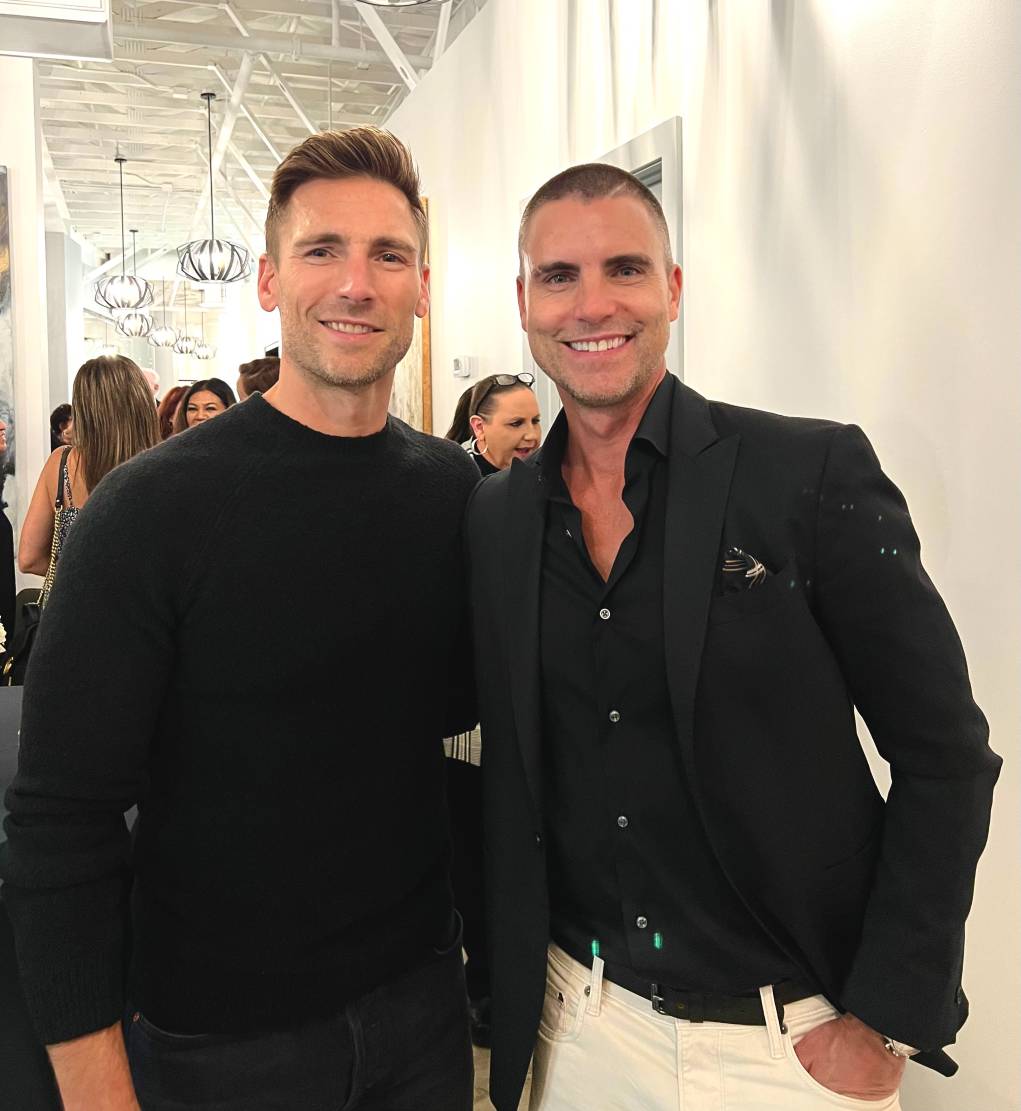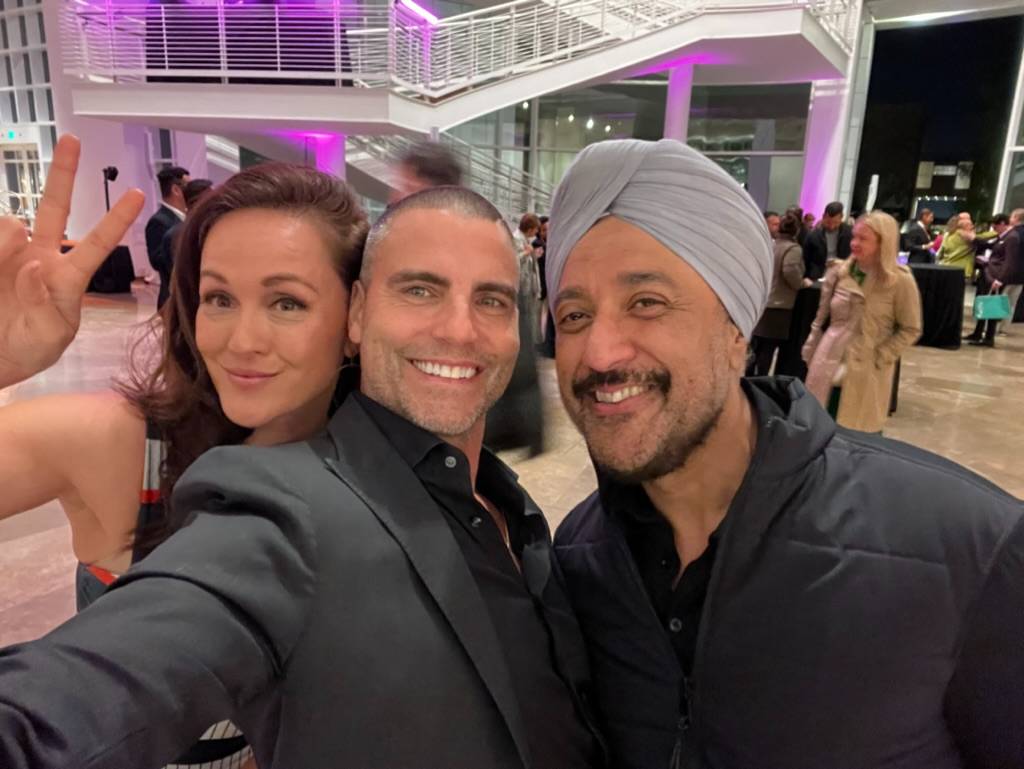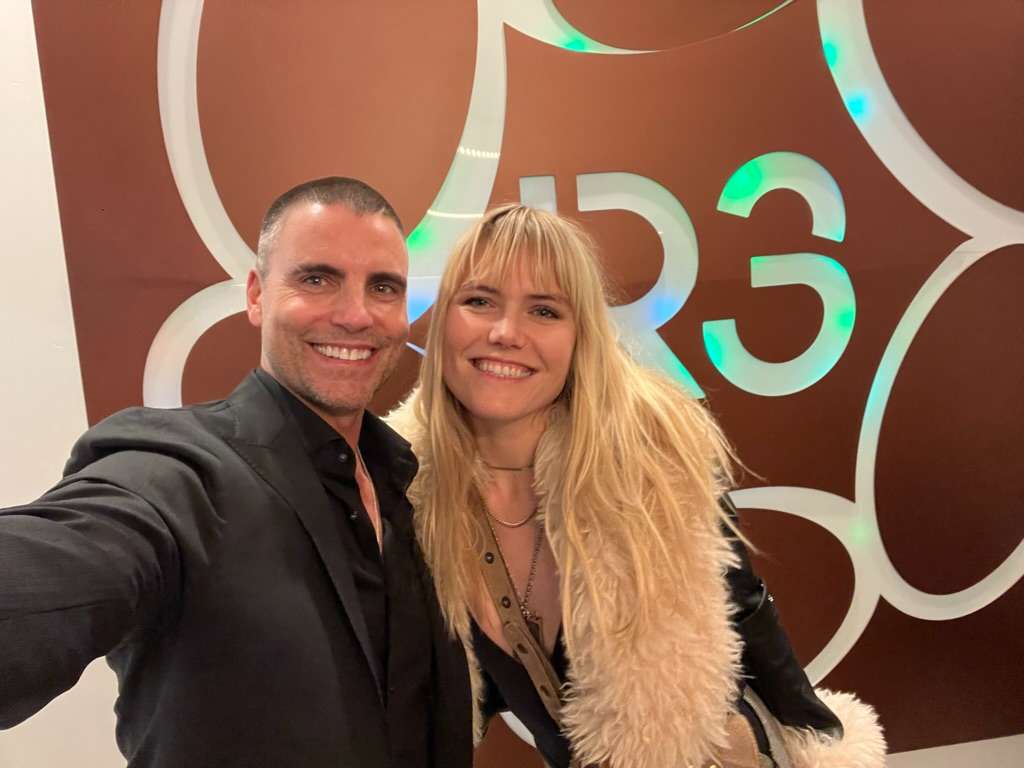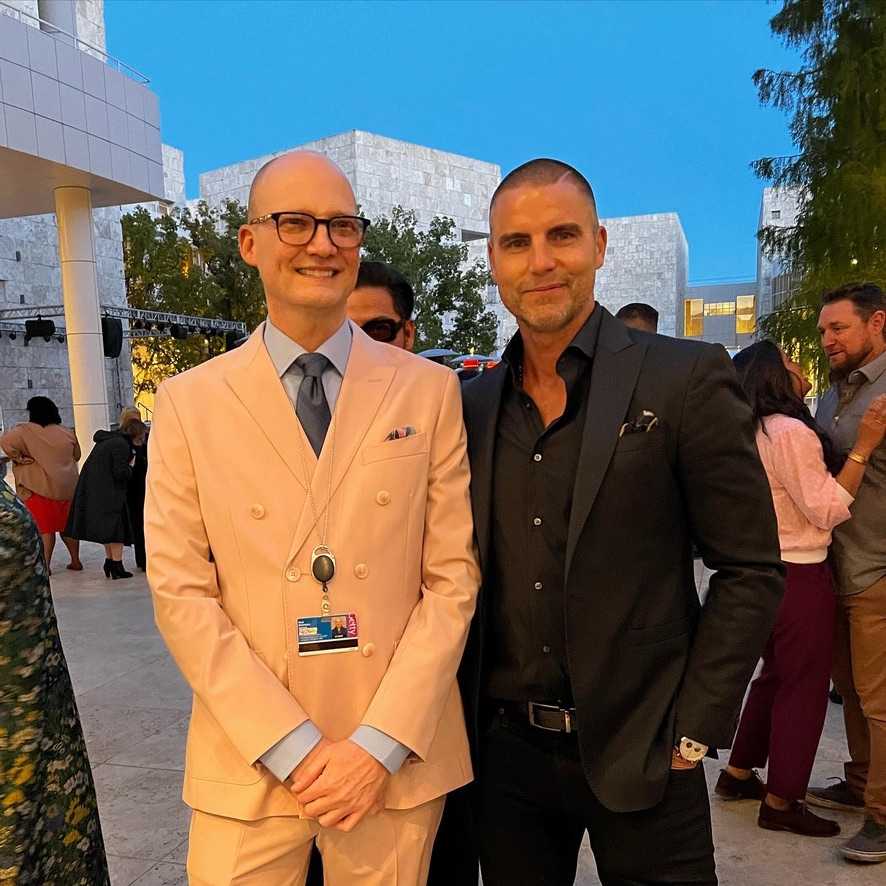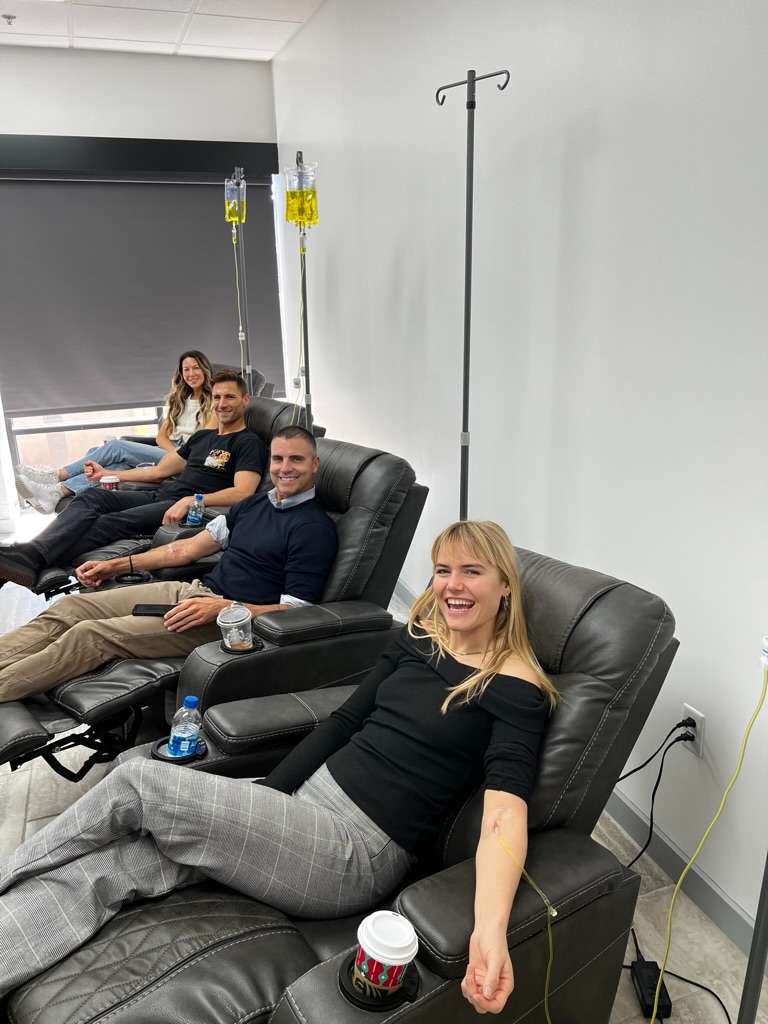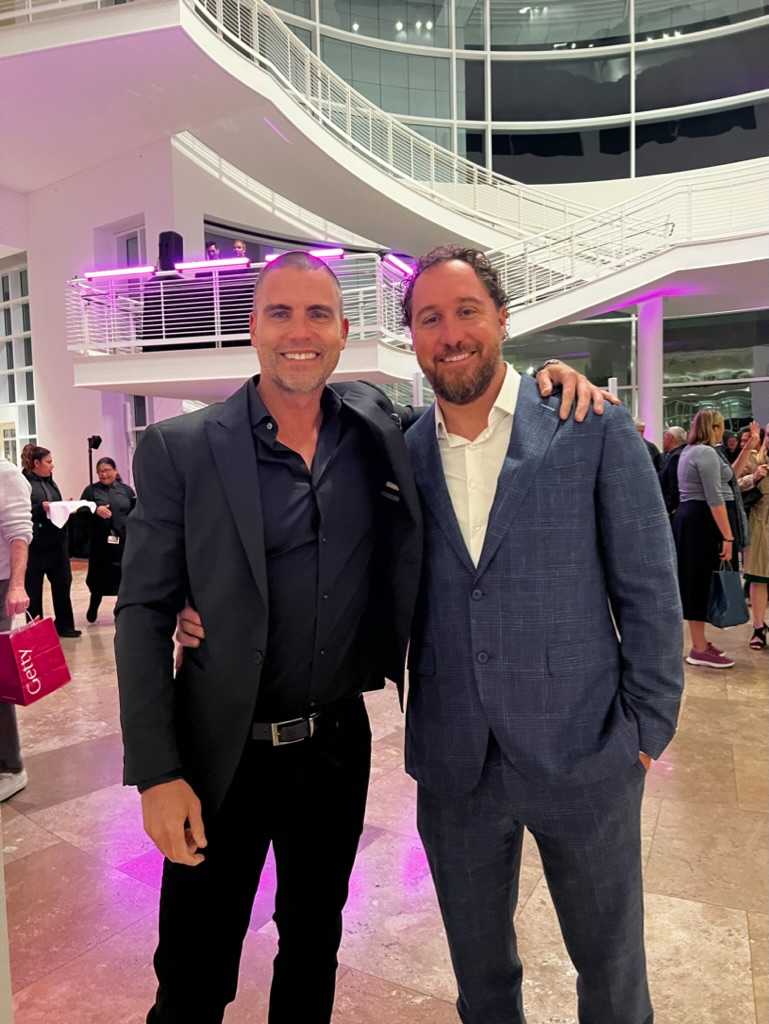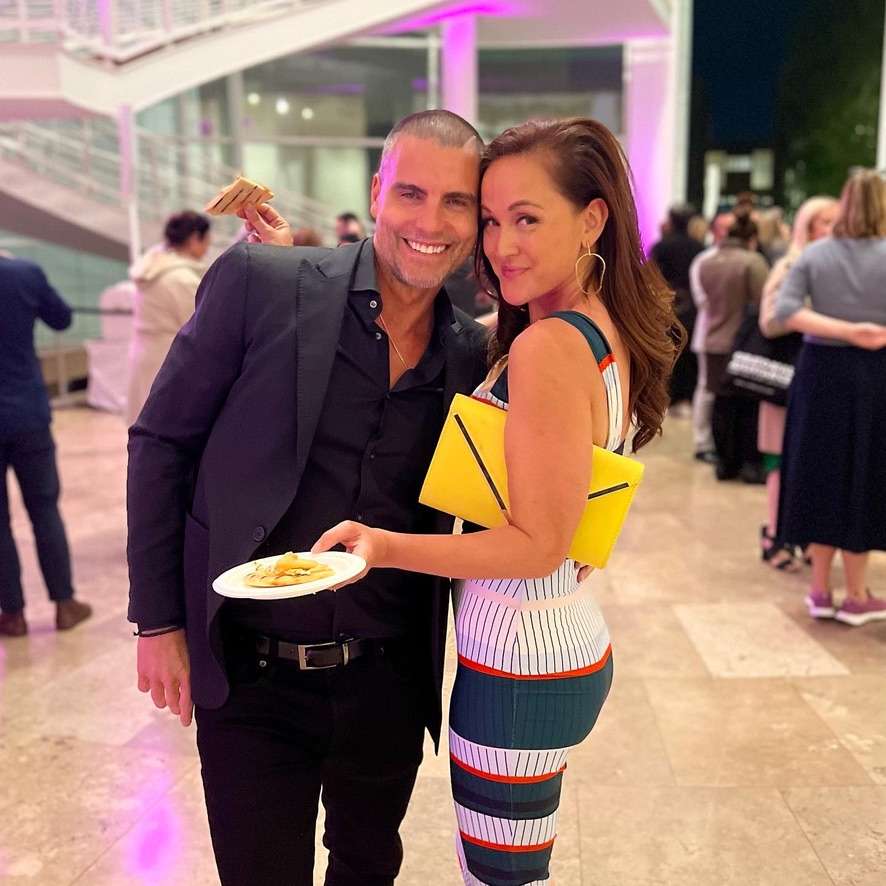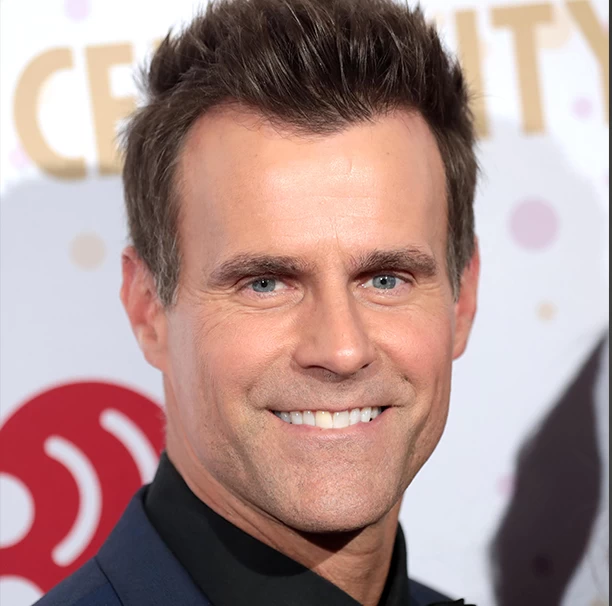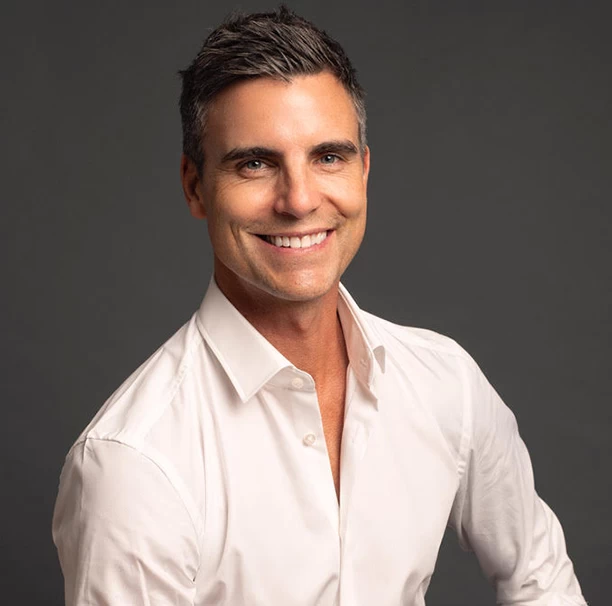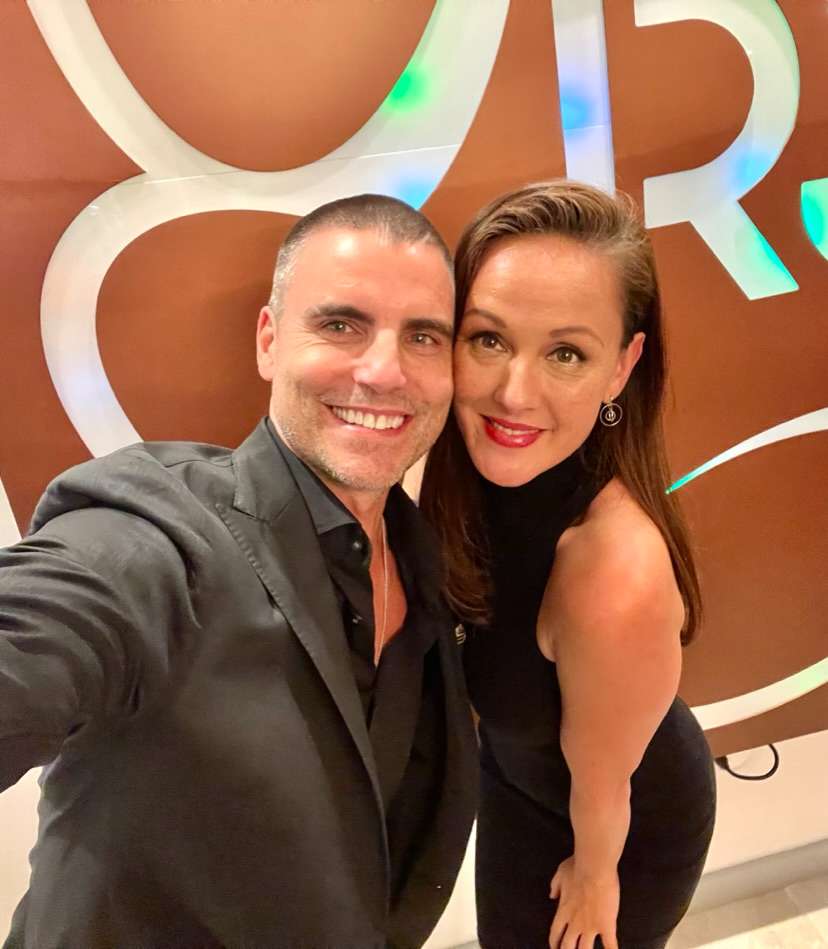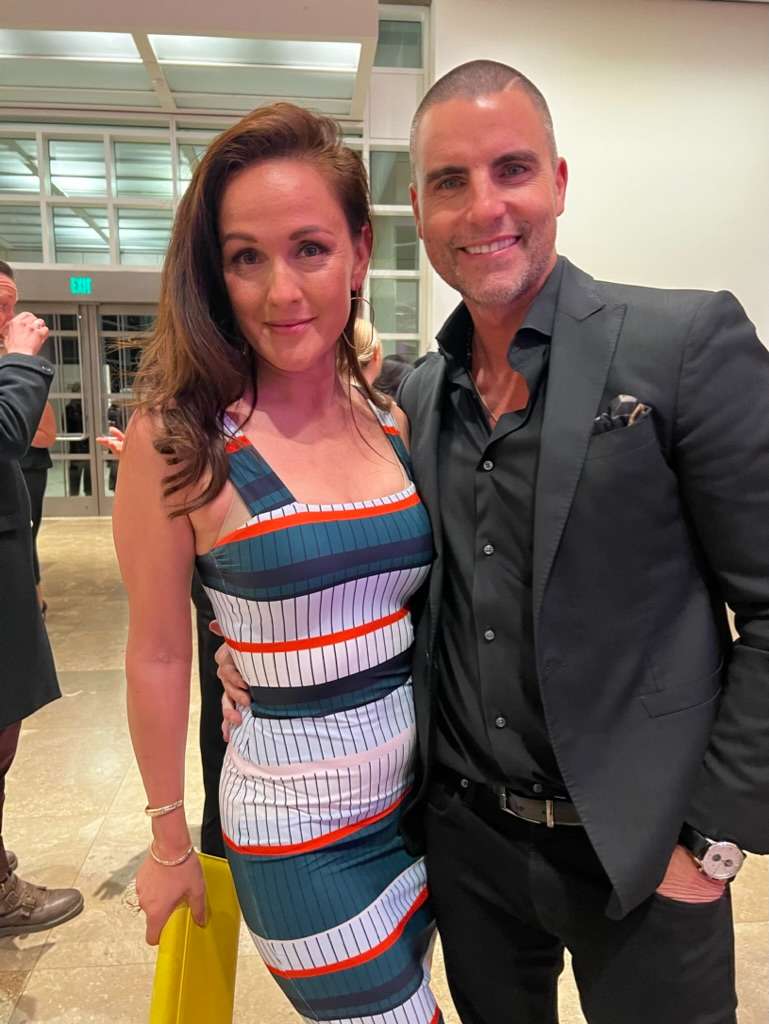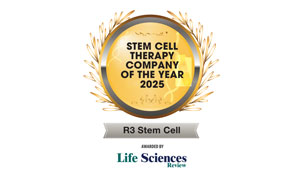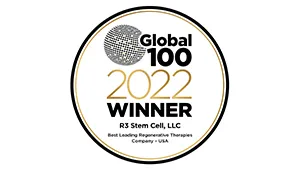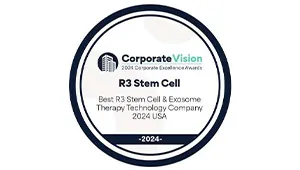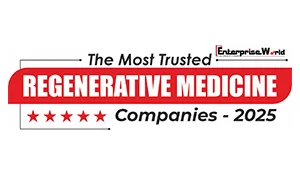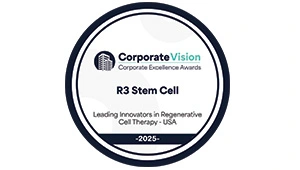PRP therapy is a type of injection, which contains platelet-rich plasma. The platelets that are found within your blood actually release from the blood when your body is injured, and they work to heal the injured area from the damage. When PRP therapy is used, a sample of your own blood is taken, and then the blood is mixed so that the platelets within the blood are separated from the other parts.
This is performed in a centrifuge device which spins the blood rapidly, concentrating the healing elements. Out of the 30 to 60 cc’s of blood that is taken from a patient, only 5 to 10 cc’s is available for use once the spinning occurs.
The platelets and growth factors are then taken and put into a syringe, which is then injected into the area that needs the therapy. Due to using your own blood for the injection, the risk of your body not accepting the treatment is eliminated, and your body will see the injection as a natural occurrence and use the platelets most effectively.
The growth factors in the PRP therapy will assist with healing the injury, and also call in stem cells from the body for additional healing. There are no less than seven separate growth factors in PRP, which facilitates healing.




